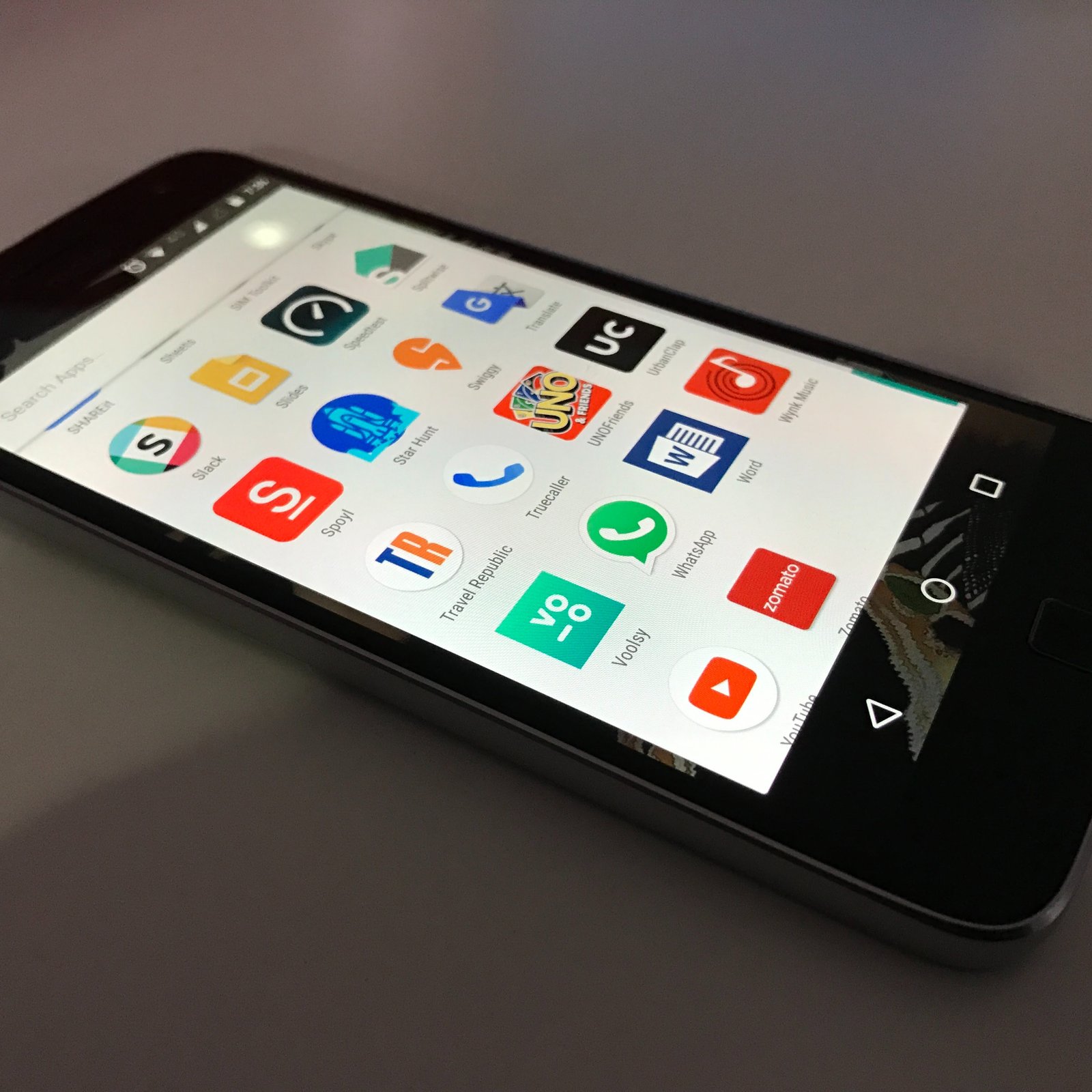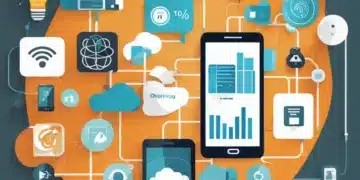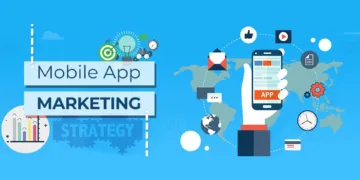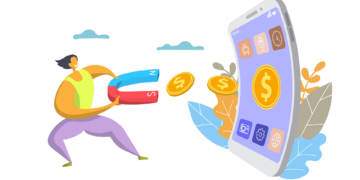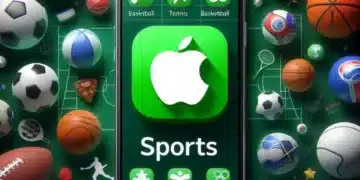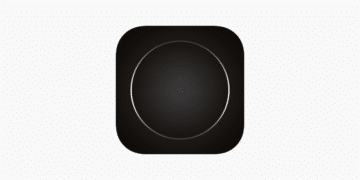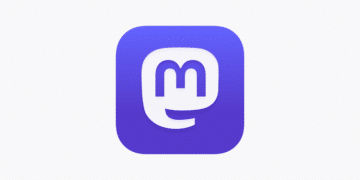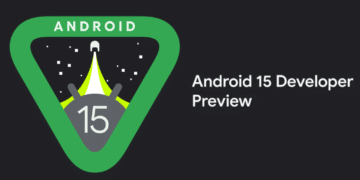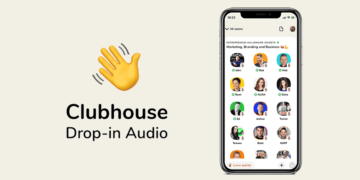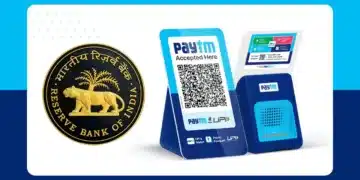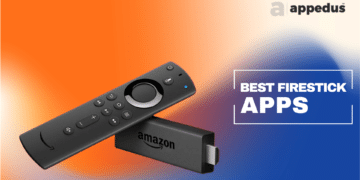As a general rule, the most successful man in life is the man who has the best information ~ Anonymous.
This happens to be valid for a mobile app too. If your mobile app offers value and is loaded with the correct information, you can call it successful. The app should add value to the end user’s life and improve their experience.
At the moment, the Google Play Store and Apple Store are loaded with new apps across niches. Currently, the Apple store has 1.96M apps, while the Google Play Store hosts 2.87M apps. Businesses are adding new apps every other minute to the stores. Your goal should not be limited to developing a quality app; you should ensure a good reach for the application.
So, how do you make sure you get to develop a successful React Native app for your business that also proves to be profitable? Here we will take you through detailed insight into how you should plan the application development process, starting with validation and ending with a go-to-market strategy.
Pre-Launch Checklist
The pre-launch phase is also when you are validating the app idea, developing the mobile solution, and preparing the go-to-market checklist. Therefore, we will divide this phase into development and marketing.
Development Phase
During the pre-launch phase, you will be involved with the development of the mobile app. Here are all the things you need to take into consideration when planning the mobile solution.
#1 Validate your App Idea
Check if your app will work in the niche before you start working on the idea. It is not enough if you have an exceptional idea; it is equally essential to be feasible. In addition, it would help if you validated the app idea with the right audience. This step will tell you if people need your app and will use it or not.
#2 Know the Target Audience
How does the target market use mobile apps? Before you start working on the design or the coding, you need to understand the fundamentals of app usage.
- What are some of the core features that the market uses in other apps?
- How do they prefer registering?
- In the case of an eCommerce app, what kind of payments do they trust?
- Does the target market use a single hand to navigate or opt for two-hand usage?
All these questions will give you more insights into how to build the app for the market. It will also help you with design considerations.
#3 Choose the Framework
Choosing a promising framework for your business app is quite important. For example, you can go with React Native App Development or Flutter framework if you plan a cross-platform app solution.
If you want to go with a native-only solution, you need to choose between iOS and Android at this planning phase. The plan will help you define not only the technology but also the methodology.
The right IT partner for your mobile app development will also help you choose the apt technology.
#4 Design Considerations
The mobile app development company you have hired for your mobile solution should prepare a list of design considerations they need to include in the wireframe.
- Is the design accessible and intuitive?
- Is the design scalable?
- Will the design work across devices and form factors?
- Has the design been planned to keep the user experience in mind?
These are just some of the fundamental questions you might need to ask before getting the design plan ready. These questions will help you plan the design for the users.
#5 Prototype and Wireframe
Follow the blueprint for the app design and start creating the wireframes. Why is the wireframe such an essential part of mobile app development? First, it offers an insight into how the design would look outside the paper. It gives a complete feel to the end product.
At the same time, it takes you through how people can use the end product. It helps highlight the usability and accessibility of the design. It also helps identify right at the start of the application design is user-friendly.
#6 Coding and Development
Once the wireframes are ready, your next step involves coding and preparing the app for development. The actual product includes developing the build of the app using the chosen technology. You will ensure the backend and the frontend communicate via the database. Ensure you have adhered to the plan for your database management solution.
Marketing Phase
While your app is getting developed, your marketing department is responsible for actively promoting the solution. Therefore, they should start early to establish a good presence for the solution and get more people to download the mobile app.
#1 Know your Niche
Akin to how you would start researching and profiling the user base for your app design, you should do the same for marketing. Create personas, know how they consume content, and identify what kind of app promotions they would be interested in. An in-depth understanding of your target market will make marketing easy and effective for you.
#2 Work on Online Presence
What are some of the basic requirements to build online visibility before the app launches? It would help if you had the social media platforms ready, a detailed website launched and other digital assets constructed to attract your potential customers. Give them enough content to consume so that they are aware of your solution, and understand its importance. It helps them decide, i.e., download the app as soon as it is made available.
#3 Choose Content Formats
You will need to work on content formats that the target market is more likely to consume. First, decide all the content formats that your target market prefers. For instance, do they like videos and infographics more than blogs? Do they read whitepapers? Would they love to gain in-depth knowledge of the solution and the niche? Do they want to know why you developed this solution?
Prepare the content strategy for the pre-launch phase, which you will follow. Make sure there is a separate content strategy for the different platforms.
#4 Define the Distribution Strategy
You should also find the distribution platforms that will help connect with the audience before the launch of the mobile app. If you are sticking to owned or borrowed media, you will need to work on a distribution strategy that best fits the media.
The Launch Phase
A successful app doesn’t result from quality solutions or marketing as solo efforts; you need to combine the two to make sure you have delivered an experience the customer cannot refuse.
Here are some things that you need to consider during the launch phase to maximize the downloads.
#1 Optimize the App
It is essential to ensure that the app is optimized for the app store. You need to adhere to strict guidelines when deploying the app to the Apple store or Google Play store. It would help if you also optimized the app description for the app store before uploading them. It helps improve the visibility of the application and increases the chance of it appearing on the results page.
The marketing team should connect with the development team to ensure they use the right content and keywords to promote the mobile application.
#2 Release the Teaser
It is important to tease the audience before launching the mobile application. During the launch phase, a lot of traction depends on making people aware of the app and attracting them to use it.
You will need to engage your creative abilities to turn your app into a blockbuster. A week or two before the launch, start releasing teasers that build the anticipation for the launch.
#3 The Launch Day Content
The launch day is significant as your social media and app stores are waiting for the release of the application. You will need to have the press releases, website content, and other material ready distributed across different media to lure more people.
It is essential to plan the affairs of the launch day to garner maximum downloads on day one itself.
#4 Continuous Content Creation
This is an integral part of the launch phase. During the launch week or the week after, you should constantly create content around the application and its use. Make sure you have already planned and designed the content, as it will help you promote the application better.
It would help you have the graphics to your content ready before the launch. This way, promoting the product becomes more accessible, and your focus is on maximizing the visibility.
#5 Amass Feedback
This is another crucial part of your launch phase. To make your app successful, you should ideally collect the feedback and incorporate it into your app. Know what people like about the app and what they don’t.
What are some of the things they would like to see in the mobile app? As the React Native app development company, this feedback is crucial to improve the app and make it more usable.
The Post-Launch Phase
The post-launch phase is as vital as your pre-launch. While your pre-launch activities determine if people will download the app or not, the post-launch activities will help with retention. So, your job as a developer or marketer doesn’t end with the launch of the app; it begins at this point.
Here are some of the post-launch activities you should add to your list of tasks to improve the quality and unleash a usable application.
1 Constantly Amass Feedback
The post-launch phase is where both the developers and marketers need to work closely with the app users. Understand how your app is being used and what needs to be done to improve it continuously.
This feedback will help you know what people are looking for in the app and whether or not you have fulfilled their purpose. If they cannot find certain things, you can check if it is part of your future feature list. If not, you can add it there and convince people to be a part of the app to use this feature in the future.
2 Plan the Onboarding
Every user should be onboarded into the app as it completes the app experience. You need to guide the user through the features, tell them how best they can use the application and show them the many applications. The user may get stuck while using the application. The onboarding snippets and videos can guide them through their problems and make it easier for them.
As an app marketer, you should strategize the onboarding and see where and how to include the content to make learning simple.
3 Push Out Updates
As a mobile app development company, you constantly improve the app, add new features, and enhance the user experience. Push out new updates, and add push notifications to let the users know about them.
It is essential to keep updating the app regularly to meet the version and feature requirements. In addition, these regular updates will help gain more audience for the application.
4 Monitor and Measure the Performance
Retention is an integral part of your app development process. You should regularly monitor and measure the performance as well as usage of the application. Check if all the user criteria are met concerning speed and usage. See how many people are leaving the application and why. Identify what people love the most about the application.
Conclusion
Diving the mobile app development into three phases ensures you can deliver an apt solution for your business. You will need to adhere to these pointers to ensure your app is successful in the target market.
- Complete testing of the mobile app solution
- A beta release to check with a closed group if the app solution is fit to be released
- Constant monitoring of the usage and performance
- Creation of white papers and landing pages to provide in-depth knowledge of the product
- Stay glued to the app analytics and hotjar videos to see what people are facing issues with
- Proper onboarding plan to ensure smooth use of the application.
Following these steps can help you release a thorough and usable application that will win more conversions and help you gain better visibility.

